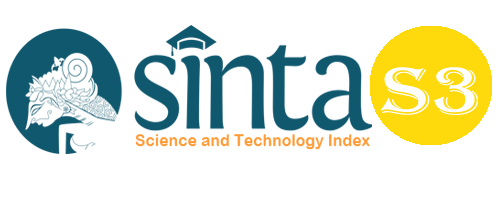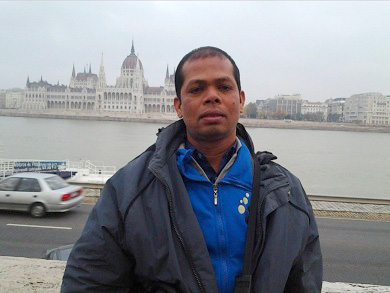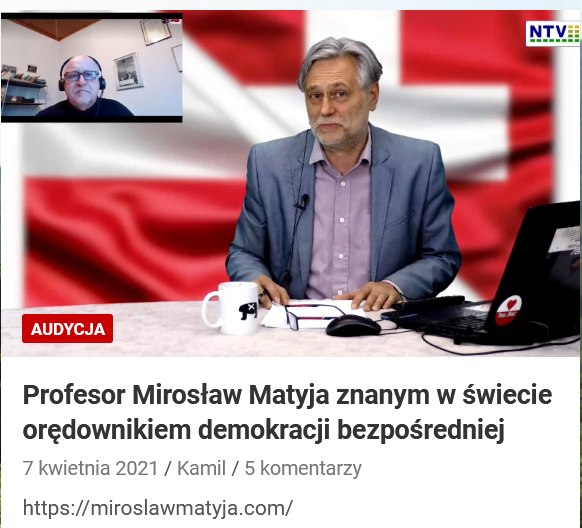Business Model Canvas Application from A Peer-To-Peer Energy Transaction Service Provider Platform for Rooftop Solar Power Plant (PLTS) Customers
Abstract
The electricity export-import scheme using rooftop solar PV by PLN customers, commonly known as net metering or net billing, was not attractive because it was only valued at 0, 65:1 for each price of electricity sold to the price of electricity in general. In mid-2021, the Ministry of Energy and Mineral Resources will revise the provisions on the export of electricity by valuing 1:1 for each electricity price sold. However, changing the export-import scheme can eliminate compensation for the cost of storing consumer electricity which PLN will bear in the future. At this time, the emergence of more proactive consumers with production and storage capabilities in the context of renewable energy, in other words, "prosumers", can bring new opportunities or challenges for the operation of energy systems in the electricity market environment. Recently, the Peer-to-Peer Energy (P2P) system has been one of the new recommendations for the design and operation of the electricity market. This mechanism allows customers to trade their electricity directly to their neighbours through a P2P service provider platform. The absence of research related to the elaboration of business models that can encourage the implementation of P2P and, in the future, the benefits of P2P itself to be channelled properly encourages this research to analyze the business model that will be offered from the side of P2P service providers in the form of startup companies. In this study, nine elements of the Business Model Canvas (BMC) are used as guidelines for implementing P2P platform service providers based on Rooftop Solar PVs for residential areas in Indonesia. Offered. From the consumer side, this research describes the Value Proposition Canvas (VPC), which can help consumers know when consumers will get what they want and what difficulties they will face with a P2P platform in the future. In addition, from the service provider's perspective, the application of BMC can help to produce a good business model translation which must have a balance between several requirements which are divided into three terms, namely feasibility (technical), desirability (customer) and Viability (economics) of the product.
Keywords
Full Text:
PDFReferences
C. Zhang, J. Wu, Y. Zhou, M. Cheng, and C. Long. (2018) “Peer-to-Peer energy trading in a Microgrid,” Applied Energy, vol. 220, pp. 1–12, June.
E. Mengelkamp, J. G¨arttner, K. Rock, S. Kessler, L. Orsini, and C. (2018). Weinhardt, “Designing microgrid energy markets - A case study: The Brooklyn Microgrid,” Applied Energy, vol. 210, pp. 870–880, Jan.
file:///C:/Users/zaffiandi/Downloads/11157-42946-1-PB.pdf
https://ebtke.esdm.go.id/post/2022/01/14/3053/capaian.sektor.esdm.2021.investasi.membaik.pnbp.meroket
https://ekon.go.id/publikasi/detail/3196/pertumbuhan-ekonomi-triwulan-ii-2021-menembus-zona-ekspansif
https://www.bps.go.id/pressrelease/2022/01/17/1917/ekspor-desember-2021-mencapai-us-22-38-miliar-dan-impor-desember-2021-senilai-us-21-36-miliar.html
https://www.cnbcindonesia.com/news/20210324194906-4-232647/produksi-batu-bara-ri-550-juta-ton-tahun-30-tahun-lagi-habis
https://www.esdm.go.id/assets/media/content/Supply_demand_energy_2013.pdf
https://www.liputan6.com/bisnis/read/4861550/ekspor-indonesia-pada-desember-2021-turun-jadi-usd-2238-miliar
M. Andoni, V. Robu, D. Flynn, S. Abram, D. Geach, D. Jenkins, P. McCallum, and A. Peacock. (2019). “Blockchain technology in the energy sector: A systematic review of challenges and opportunities,” Renewable and Sustainable Energy Reviews, vol. 100, pp. 143–174, Feb.
Peraturan Menteri ESDM No. 12 Tahun (2017) tentang Pemanfaatan Sumber Energi Terbarukan Untuk Penyediaan Tenaga Listrik
T. Morstyn, N. Farrell, SJ Darby, and MD Mcculloch. (2018). “Using peer-to-peer energy-trading platforms to incentivize prosumers to form federated power plants,” Nature Energy, vol. 3, no. 2, pp. 94–101.
W. Tushar, B. Chai, C. Yuen, DB Smith, KL Wood, Z. Yang, and HV Poor. (2015). “Three-party energy management with distributed energy resources in smart grid,” IEEE Transactions on Industrial Electronics, vol. 62, no. 4, pp. 2487–2498, Apr.
Wayes Tushar, Tapan K. Saha, Chau Yuen, David Smith, and H. Vincent Poor. (2020). “Peer-to-Peer Trading in Electricity Networks: An Overview”, IEEE Transactions on Smart Grid • January.
DOI: https://doi.org/10.33258/birci.v5i2.5546
Article Metrics
Abstract view : 108 timesPDF - 40 times
Refbacks
- There are currently no refbacks.

This work is licensed under a Creative Commons Attribution-ShareAlike 4.0 International License.

This work is licensed under a Creative Commons Attribution-ShareAlike 4.0 International License.

_.gif)

















_.gif)



